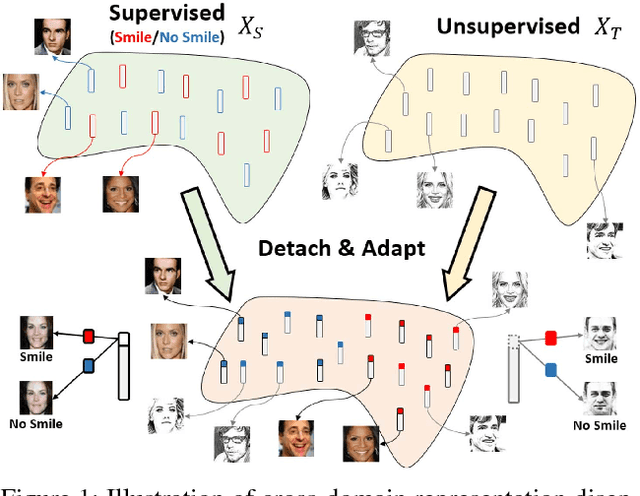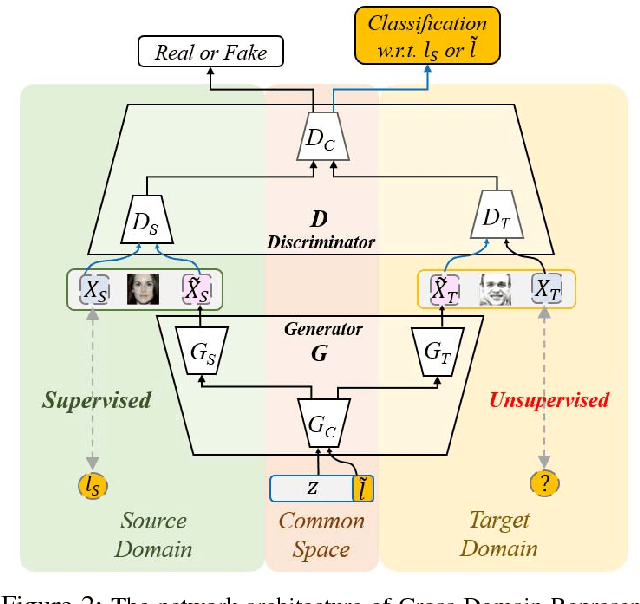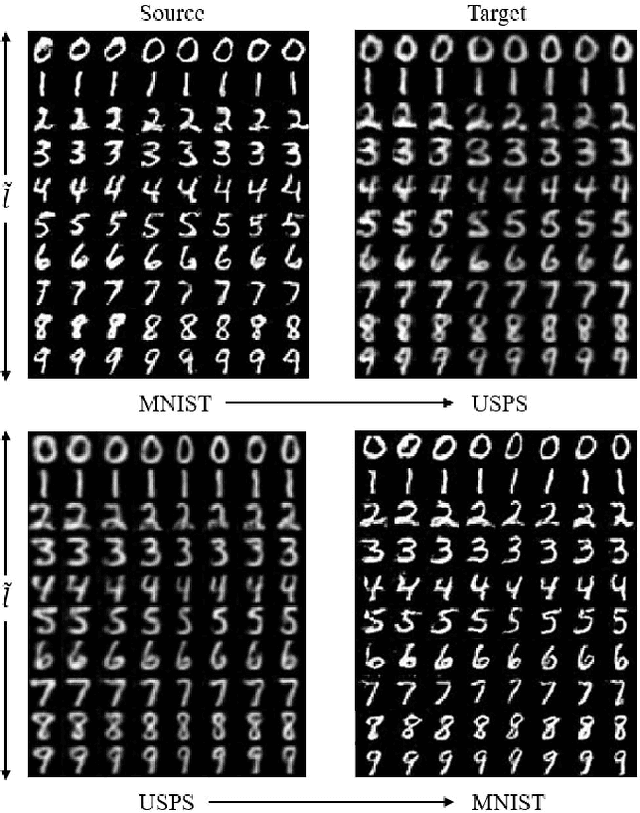Sheng-De Wang
Communication-Efficient Separable Neural Network for Distributed Inference on Edge Devices
Nov 03, 2021



Abstract:The inference of Neural Networks is usually restricted by the resources (e.g., computing power, memory, bandwidth) on edge devices. In addition to improving the hardware design and deploying efficient models, it is possible to aggregate the computing power of many devices to enable the machine learning models. In this paper, we proposed a novel method of exploiting model parallelism to separate a neural network for distributed inferences. To achieve a better balance between communication latency, computation latency, and performance, we adopt neural architecture search (NAS) to search for the best transmission policy and reduce the amount of communication. The best model we found decreases by 86.6% of the amount of data transmission compared to the baseline and does not impact performance much. Under proper specifications of devices and configurations of models, our experiments show that the inference of large neural networks on edge clusters can be distributed and accelerated, which provides a new solution for the deployment of intelligent applications in the internet of things (IoT).
Detach and Adapt: Learning Cross-Domain Disentangled Deep Representation
May 01, 2018



Abstract:While representation learning aims to derive interpretable features for describing visual data, representation disentanglement further results in such features so that particular image attributes can be identified and manipulated. However, one cannot easily address this task without observing ground truth annotation for the training data. To address this problem, we propose a novel deep learning model of Cross-Domain Representation Disentangler (CDRD). By observing fully annotated source-domain data and unlabeled target-domain data of interest, our model bridges the information across data domains and transfers the attribute information accordingly. Thus, cross-domain joint feature disentanglement and adaptation can be jointly performed. In the experiments, we provide qualitative results to verify our disentanglement capability. Moreover, we further confirm that our model can be applied for solving classification tasks of unsupervised domain adaptation, and performs favorably against state-of-the-art image disentanglement and translation methods.
 Add to Chrome
Add to Chrome Add to Firefox
Add to Firefox Add to Edge
Add to Edge